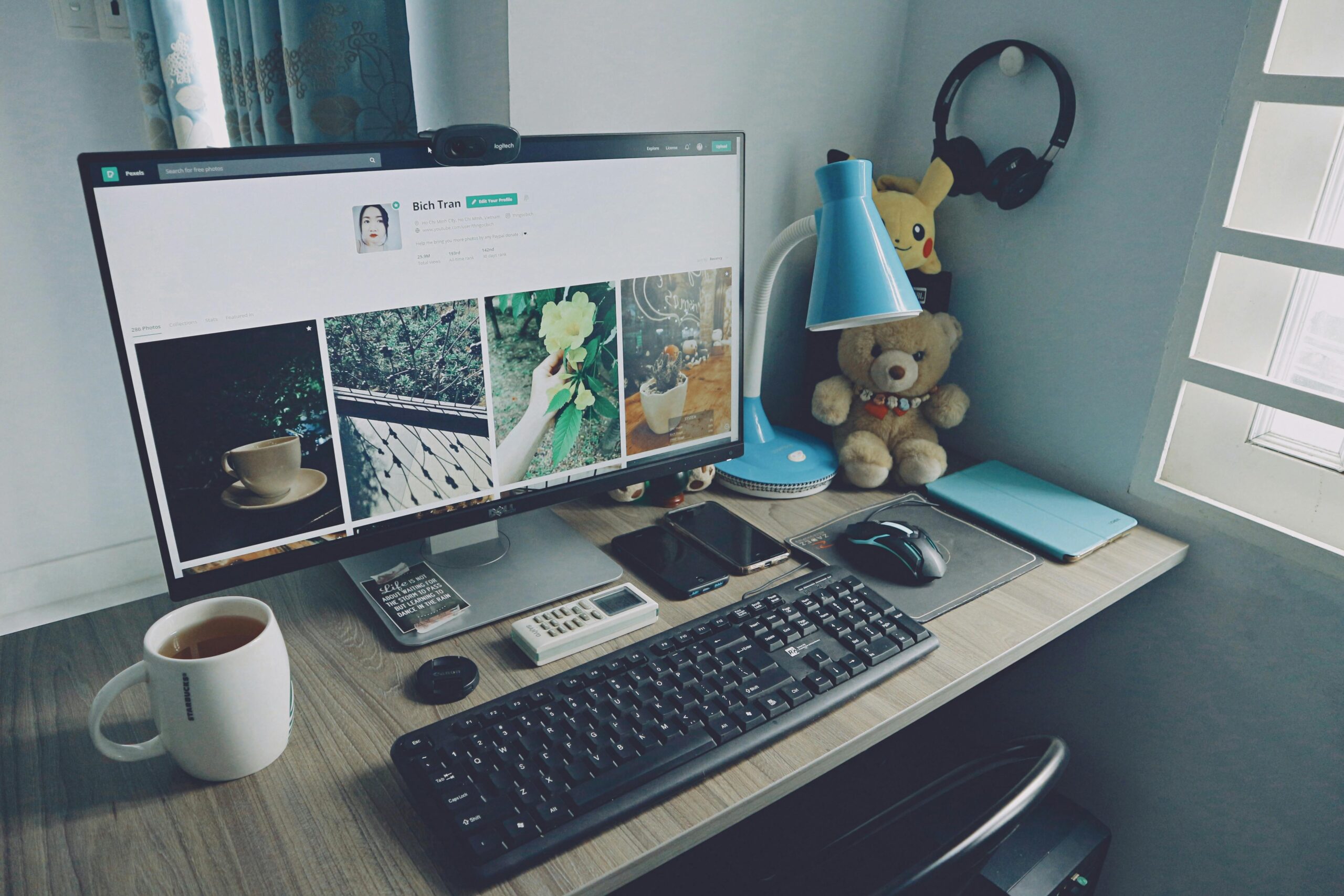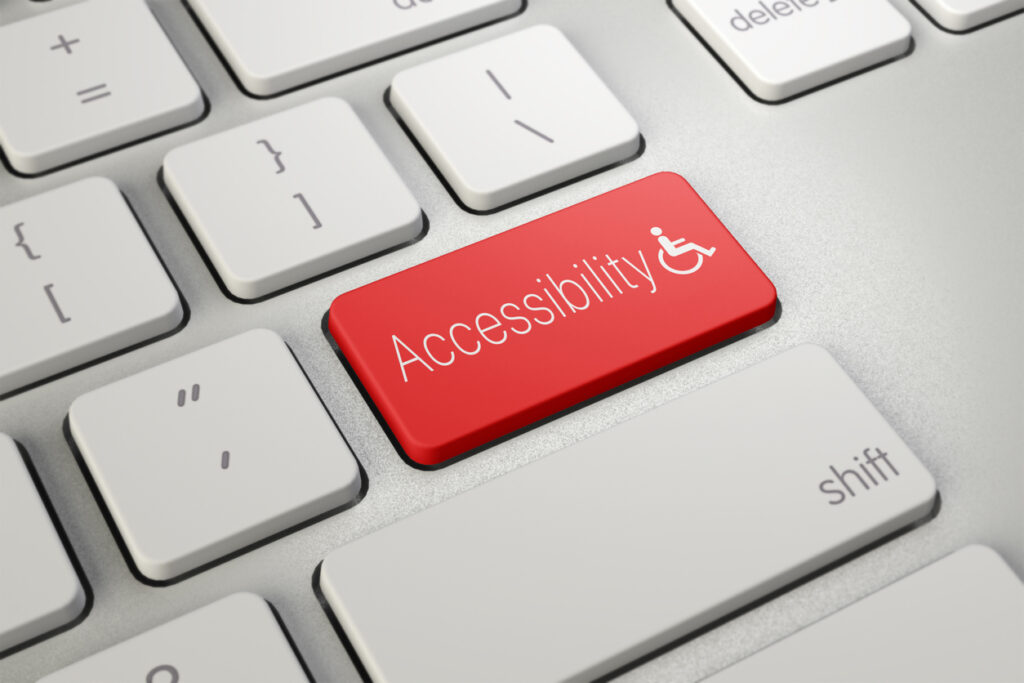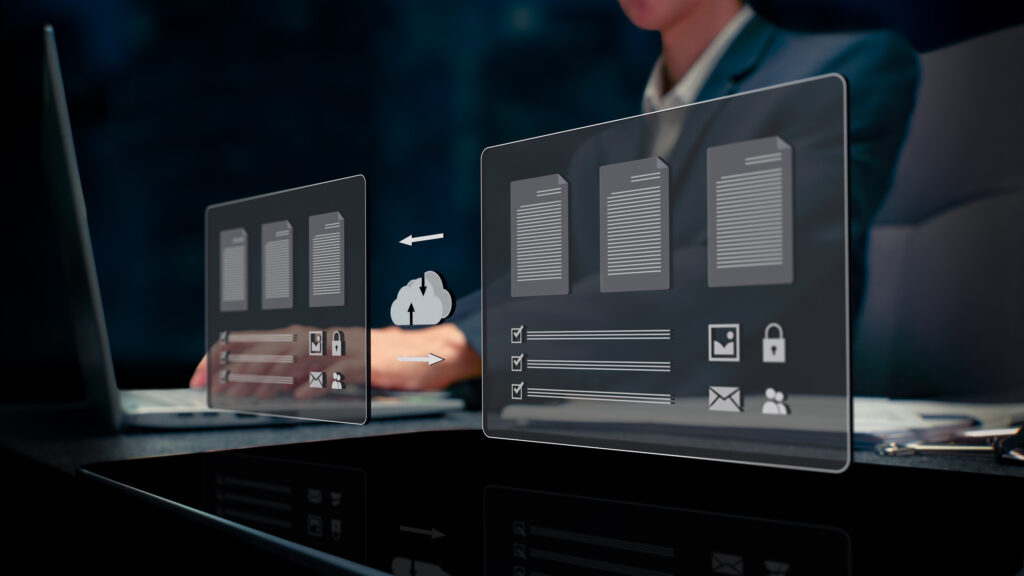In the realm of web design, images hold a pivotal role that extends far beyond mere aesthetics. They are crucial elements that can significantly influence user experience, engagement, and even conversion rates. As the digital landscape becomes increasingly competitive, understanding the multifaceted role of images in web design is essential for creating compelling and effective websites. This blog post delves into the various ways images contribute to web design and offers insights on how to leverage them for optimal impact.
Visual Appeal and First Impressions
First impressions matter, especially in web design. Studies have shown that users form an opinion about a website within milliseconds of landing on it. Images play a critical role in creating a positive first impression. High-quality, relevant images can instantly capture attention and convey a sense of professionalism and trustworthiness. Conversely, poor-quality or irrelevant images can deter visitors, causing them to leave the site almost immediately. Thus, selecting the right images is crucial for setting the tone and establishing credibility from the outset.
Enhancing User Experience (UX)
Images contribute significantly to the overall user experience on a website. They can break up large blocks of text, making content more digestible and less overwhelming. Strategically placed images can guide the user’s eye through the page, highlighting key information and facilitating easier navigation. Additionally, images can be used to evoke emotions, create a narrative, and enhance the storytelling aspect of a website, making the user experience more engaging and memorable.
Supporting Branding and Identity
Images are powerful tools for reinforcing a brand’s identity. Consistent use of imagery that aligns with the brand’s color scheme, style, and values helps create a cohesive visual identity. This consistency not only aids in brand recognition but also builds a stronger connection with the audience. For instance, a luxury brand might use high-resolution images with a sophisticated aesthetic, while a tech startup might opt for sleek, modern visuals. These visual cues help communicate the brand’s message and values more effectively than words alone.
Increasing Engagement and Retention
Engagement is a critical metric for the success of any website, and images play a key role in boosting it. Visually appealing content is more likely to be shared on social media, increasing the website’s reach and visibility. Interactive images, such as infographics or clickable elements, can also enhance user engagement by encouraging interaction. Furthermore, images can aid in retaining visitors’ attention. Websites with compelling visuals are more likely to keep visitors on the page longer, reducing bounce rates and increasing the chances of conversion.
Optimizing for SEO
Images also have a significant impact on search engine optimization (SEO). Properly optimized images can improve a website’s visibility in search engine results. This involves using relevant file names, alt text, and captions, which help search engines understand the content of the images. Additionally, images can drive traffic from image-based search engines like Google Images. By optimizing images for SEO, web designers can enhance the site’s discoverability and attract more organic traffic.
Improving Accessibility
Accessibility is a crucial aspect of modern web design, and images play a role here as well. Including descriptive alt text for images ensures that visually impaired users can understand the content through screen readers. This not only improves the user experience for all visitors but also ensures compliance with accessibility standards and regulations. Thoughtful image selection and description can make a website more inclusive and accessible to a broader audience.
Boosting Conversion Rates
Finally, images can directly influence conversion rates. Product images, for instance, are vital for e-commerce websites. High-quality images that showcase products from multiple angles can give customers a better understanding of the product, increasing their confidence and likelihood of making a purchase. Images used in testimonials, case studies, and other credibility-building sections can also boost conversions by providing social proof and building trust.
Conclusion
In summary, images are indispensable in web design, serving multiple roles that enhance user experience, support branding, increase engagement, optimize for SEO, improve accessibility, and boost conversion rates. By carefully selecting and strategically placing images, web designers can create visually appealing, effective websites that resonate with users and achieve business goals. As the saying goes, “a picture is worth a thousand words,” and in the context of web design, images are worth even more. They are key to creating a memorable, impactful online presence.





